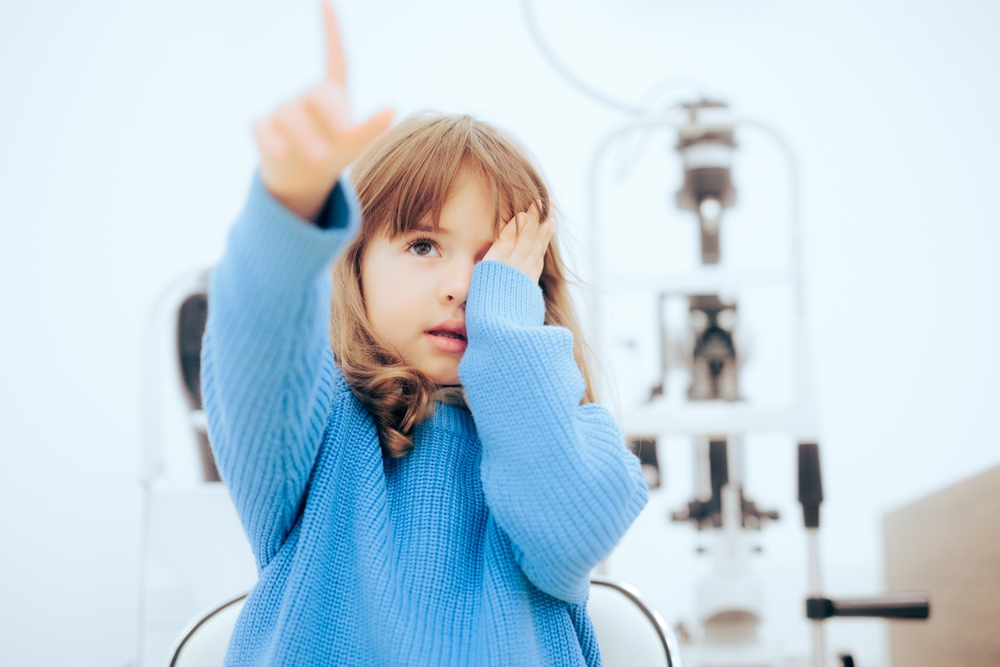
For years, myopia control has been a significant focus in the field of optometry. It refers to the use of specific treatments to slow the progression of nearsightedness in children. By controlling the progression of myopia, we can prevent these severe eye health issues from occurring.
Understanding Myopia
Myopia, often called nearsightedness, is a common refractive error of the eye where close objects appear clear, but distant ones are blurry. The condition occurs when the eyeball is too long or the cornea is too curved, causing light entering the eye not to focus properly.
Genetics and environmental factors such as prolonged near work (like reading or using a computer) are believed to play a role in the development of myopia. The primary symptom of myopia is blurred distance vision, but it can also cause headaches, eyestrain, and squinting.
The Importance of Regular Eye Exams for Myopia Control
The first step in myopia control is early detection, and for that, regular eye exams are crucial. Regular eye exams allow optometrists to track changes in your eyes' refractive error and catch the onset of myopia early. Children, in particular, should have regular eye exams as their eyes are still developing.
Regular eye exams are about more than just updating your glasses or contact lens prescription. They allow your optometrist to monitor the health of your eyes and identify any potential issues early, when they are often easier to treat. This is particularly important for myopia, as its progression can be slowed down with early intervention.
Traditional Methods of Myopia Control
Certain types of contact lenses and glasses have been found to slow the progression of myopia in some children. For instance, bifocal or progressive lenses, which have different powers in different areas of the lens, have been used for myopia control.
Latest Advancements in Myopia Control
Recently, the field of myopia control has seen some exciting advancements. The development of low-dose atropine eye drops is one such advancement that has shown promise. Atropine has been used in eye care for many years, but low-dose atropine has been found to slow the progression of myopia in children without causing the side effects associated with higher doses.
Another exciting development is the use of multifocal contact lenses for myopia control. These lenses, which have different powers in different zones of the lens, have been found to slow myopia progression in some children. The dual-focus design of this contact lens create myopic defocus to inhibit myopia progression.
Orthokeratology (ortho-k) is another popular advancement in myopia control. These rigid lenses are worn overnight and removed in the morning. While the patient sleeps, the lens flattens the central cornea. This corneal shape change temporarily reduces myopic refractive error, allowing the patient to see clearly during the day without lenses.
Benefits of the Latest Advancements in Myopia Control
These advancements provide more effective ways to slow the progression of myopia in children. This is incredibly important because higher levels of myopia are associated with an increased risk of serious eye health issues later in life.
Additionally, these advancements offer more options for myopia control. Every person is different, and what works for one person may not work for another. These new options allow for more personalized treatments, increasing the chances of successful myopia control.
Explore the Latest Advancements in Myopia Control Today
The field of myopia control is continually evolving, and these latest advancements bring hope for more effective control of myopia. By slowing the progression of myopia, we can reduce the risk of developing serious eye health issues later in life.
If you or your child are experiencing symptoms of myopia, schedule an eye exam as soon as possible. Together, we can work towards controlling myopia and preserving eye health for years to come.
If you would like to explore the latest advancements in myopia control, contact Bonds Eye Care at our office in Downingtown, Pennsylvania. Our experienced optometrist will provide the best course of action for your needs. Call (610) 269-3177 to schedule an appointment today.





